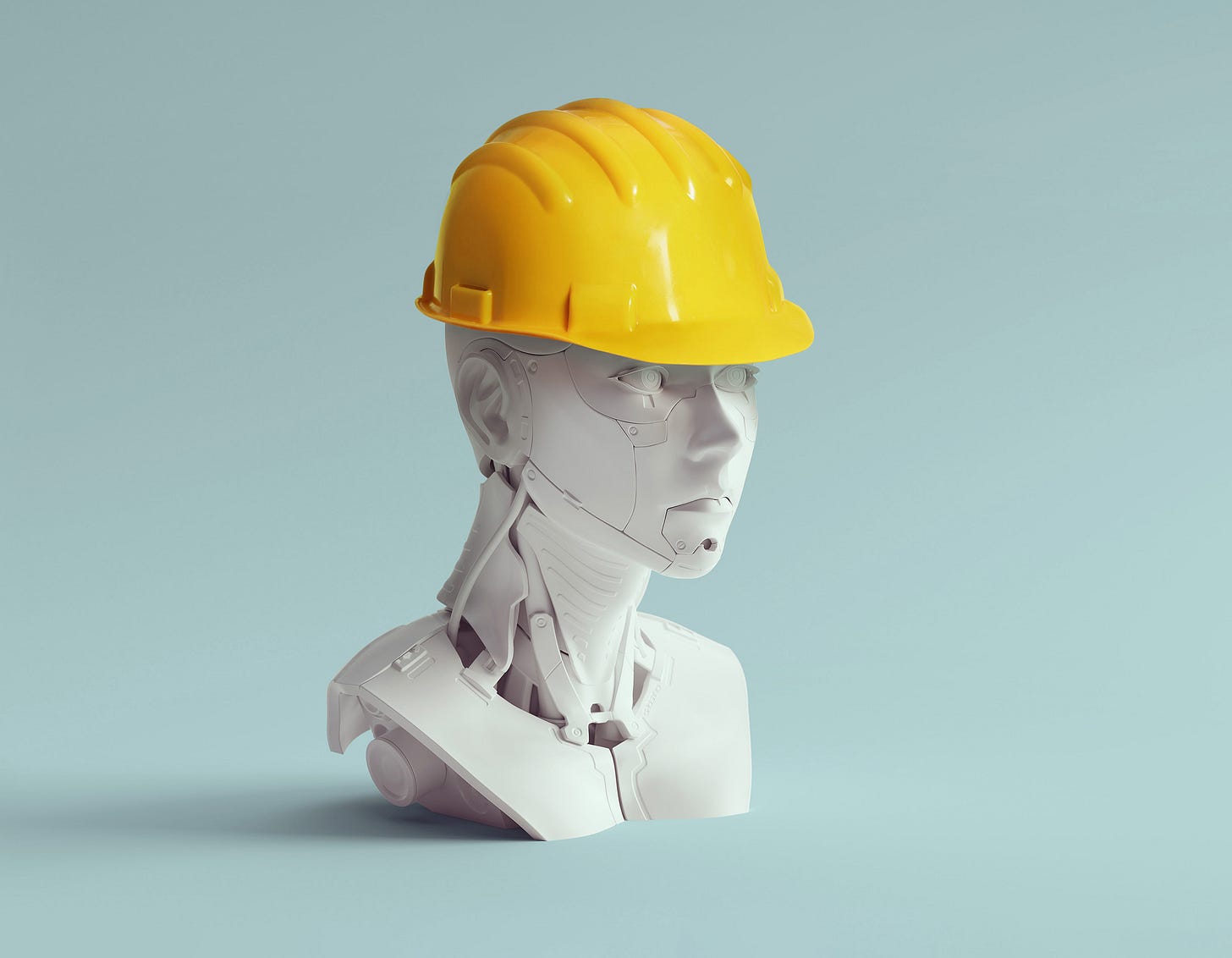The Robotics Renaissance
Why we’re entering into an automation supercycle.
Every once in a while, I spot something happening on tech’s frontline that I think more people should be paying close attention to. Something that has the potential to radically remake our world, change how we live, and – for the pragmatic investor – possibly deliver outlier returns.
Traditionally, The Generalist hasn’t had a…

